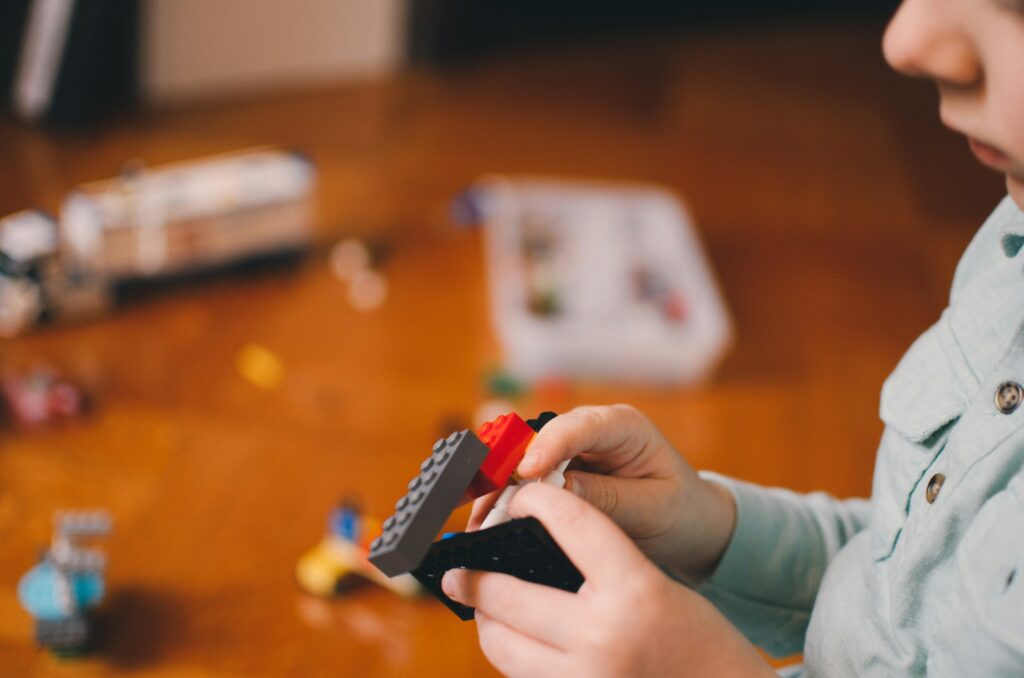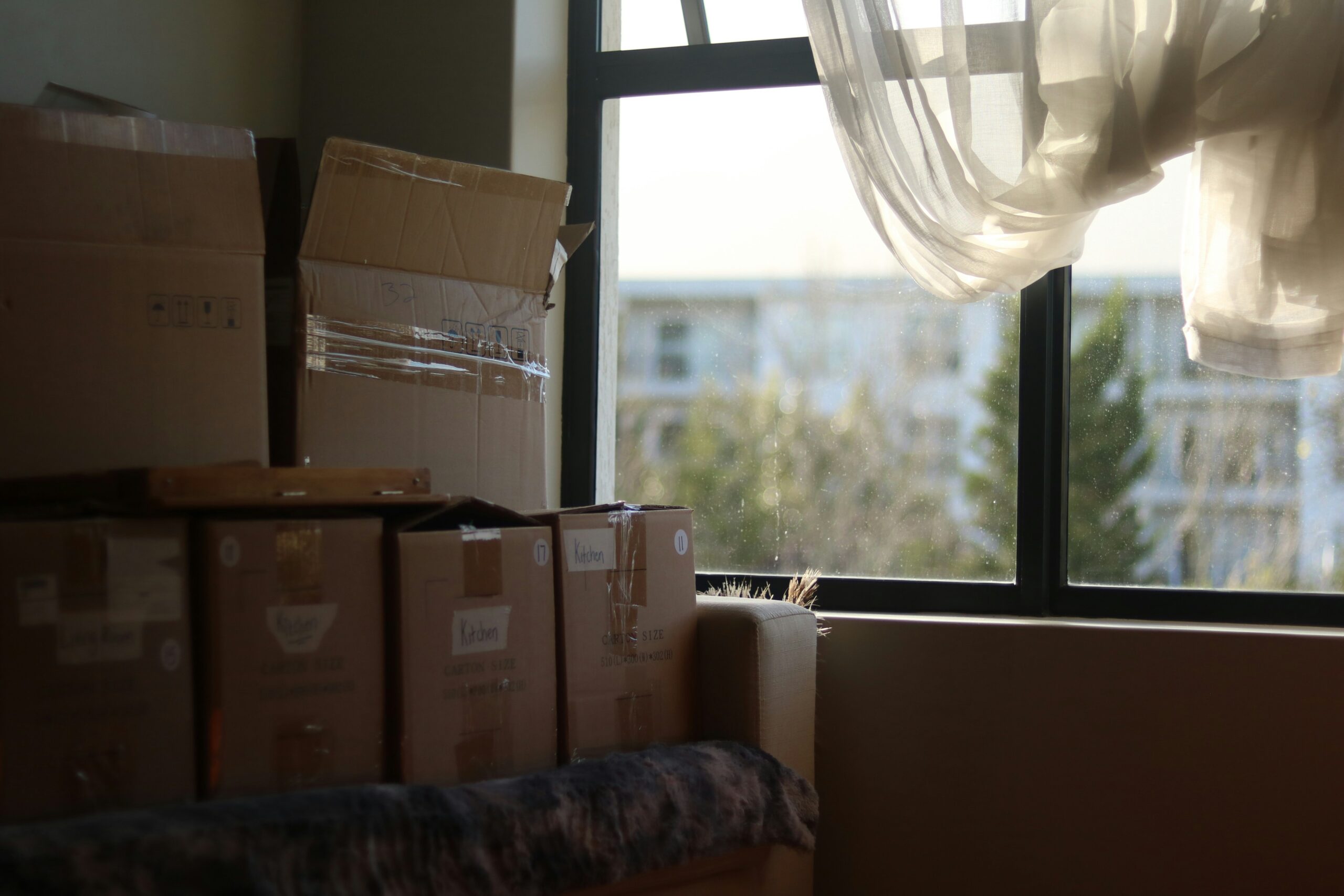There’s a peculiar weight to the moment when you realize you’re about to dismantle a life you’ve spent years building. I’m sitting here in Germany, surrounded by the comfortable rhythms of a life my family has worked to create over the past four years, knowing that in just a few months, we’ll be starting over again in Dubai. It’s our third major international move as a family, and each time, I’m struck by the idea that something that takes years to build can be undone in mere months.
The journey so far
My relationship with international moving began in my early twenties, fresh out of undergrad and already in the midst of that natural life transition when everything feels uncertain anyway. Moving to Korea then felt like an extension of the growing up I was already doing, leaving familiar structures behind and figuring out who I was as an adult. The challenges of learning a new language, navigating foreign bureaucracy, and building friendships from scratch felt like a natural part of the chaos and excitement of post-college life.
Nearly a decade later, the move to Japan carried entirely different weight. This time, I wasn’t just transplanting myself, I was uprooting my family. We were established with routines, relationships, and roots. And our son was a year and a half. The stakes felt higher, the logistics more complex, and the emotional toll more significant. But there was also something profound about experiencing a new culture together.

Two years in Japan taught us that we could build a meaningful life anywhere, which made our subsequent move to Germany feel less daunting. Moving from one foreign country to another brought its own unique challenges. We were leaving behind not just a life we’d built, but doing so without the comfort of “going home.”
Now, as we prepare for Dubai, I find myself reflecting on what I’ve learned about the art of uprooting and rebuilding.
The paradox of time
Perhaps the most striking thing about international moving is how asymmetrical the process feels. Building a life takes time that’s measured in seasons and years. There’s the practical timeline of finding your way around, understanding how systems work, and establishing routines. Then there’s the deeper timeline of forming genuine friendships, developing comfort with local customs, and creating the kind of community that makes a place feel like home.
In Japan, even with the advantage of experience, it was months before we found our rhythm as a family. Germany required its own adjustment period, complicated by the fact that we moved amidst COVID restrictions in 2021.
Packing up your life once you decide to move happens with startling speed. In the few months since we decided to move to Dubai, we’ve already begun the process of extraction. We’re having conversations with friends about maintaining connection across distance. We’re looking at our belongings with new eyes, categorizing them into “essential,” “replaceable,” and “too complicated to move.” We’re mentally preparing for another transition, another round of goodbyes and new beginnings.
There’s something unsettling about how quickly you can begin to feel like a guest in your own life once you know you’re leaving.
Staying sane through the chaos
Four moves have taught me that the key to managing international relocation isn’t eliminating stress, it’s managing it productively. Here’s what has worked for our family:
Create your roadmap. The first thing I do when we commit to a move is create a comprehensive timeline and checklist. This isn’t just about practical tasks (though those are crucial). It’s about creating a sense of control and progress in what can feel like an overwhelming process. Break down everything from visa applications to school enrollment to shipping decisions into specific, actionable steps with deadlines.
Work through your list systematically. Having a plan only helps if you follow it. I’ve learned to treat the moving checklist like a project at work, regularly reviewing progress, adjusting timelines when necessary, and celebrating small wins along the way. There’s something deeply satisfying about checking off completed tasks when so much about moving feels abstract and uncertain.
Communicate constantly. Moving internationally tests relationships in unique ways. My partner and I have learned that we need to over-communicate during these transitions. Share your worries, your excitement, your frustrations, and your hopes. Make sure you’re truly on the same page about expectations, concerns, and goals. The stress of moving can amplify small disagreements into major conflicts if you’re not careful about staying connected.
Prioritize joy in the present. It’s easy to get so focused on preparing for the future that you forget to live in the present. Make time for the activities and experiences you enjoy right now. Say yes to social invitations, even when you’re busy with moving preparations. These moments become precious memories and help maintain your emotional equilibrium during a chaotic time.

Include your children in age-appropriate ways. Kids often handle international moves better than adults, but they still need support and information. We’ve learned to involve our son in the process of moving without overwhelming him with decisions or anxieties he can’t control (that’s the hope, at least). Let your kids help with packing decisions, show them photos and information about your destination, and validate their mixed feelings about leaving friends and familiar places behind.
Focus on what you can control. International moves involve an enormous amount of waiting: for visa approvals, for HR departments to process paperwork, for shipping companies to provide quotes, for schools to respond to applications. You can drive yourself crazy trying to control these external timelines, or you can focus your energy on the aspects of the move that are within your influence. Use the waiting periods to tackle other preparation tasks or simply to rest and recharge.
The gift of perspective
Despite the challenges, there’s something profound about repeatedly proving to yourself that you can build a meaningful life anywhere. Each move has taught me something different about resilience, adaptability, and what truly makes a place feel like home. Korea taught me that I could survive and thrive far outside my comfort zone. Japan showed me that families can not only survive major transitions but actually grow stronger through them. Germany has reminded me that previous experience makes new challenges feel more manageable.
As we prepare for Dubai, I’m drawing on all these lessons. I know there will be moments of doubt, periods of loneliness, and logistical frustrations I can’t yet imagine. But I also know that in a year or two, we’ll have favorite restaurants, trusted friends, and daily routines that make this new place feel like home.
The art of uprooting, I’ve learned, isn’t about minimizing the difficulty of starting over. It’s about trusting in your ability to plant new roots wherever you land. Each time gets a little easier, not because the challenges diminish, but because your confidence in your own adaptability grows.
Moving internationally isn’t for everyone, and that’s fine. But for those who choose this path, whether once or repeatedly, there’s a unique satisfaction in discovering that home isn’t just a place you’re from, it’s something you can create wherever you decide to invest your energy and attention.
The boxes may be packed and unpacked, but the real journey is internal: learning that you carry everything you need to build a life within yourself.

Leave a Reply